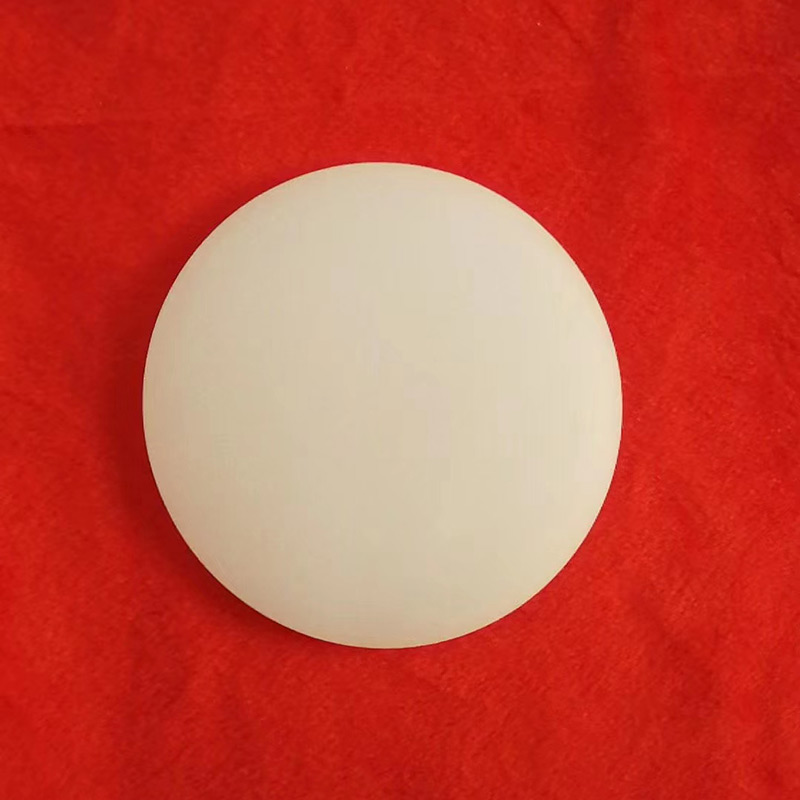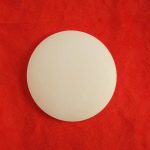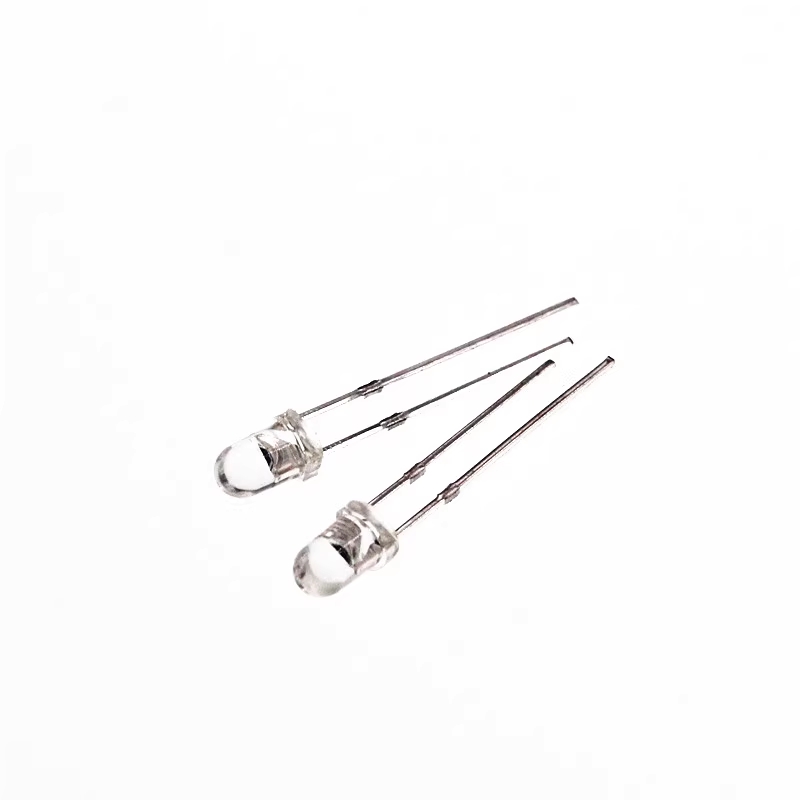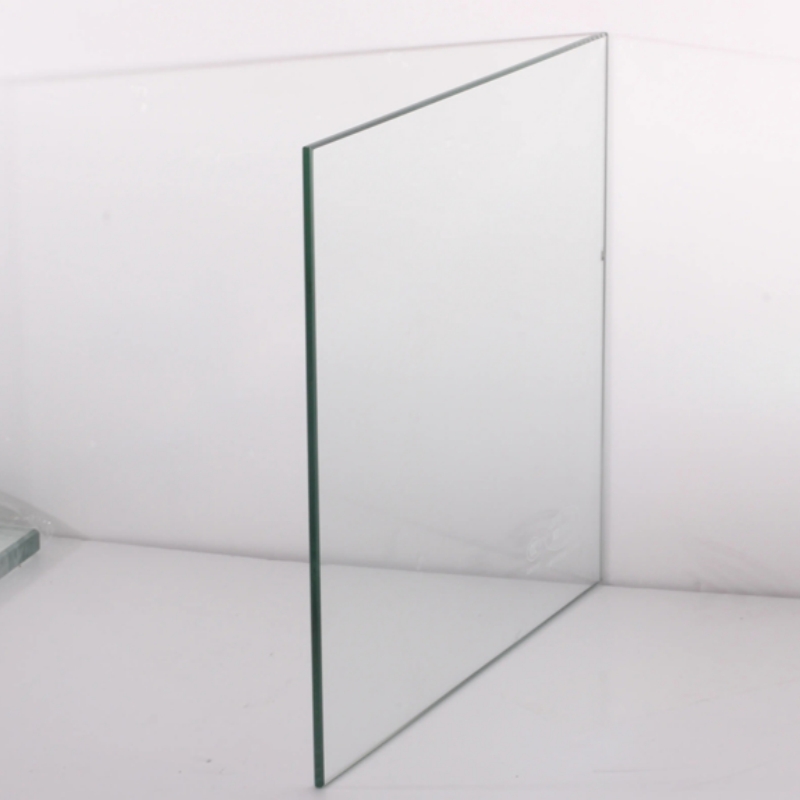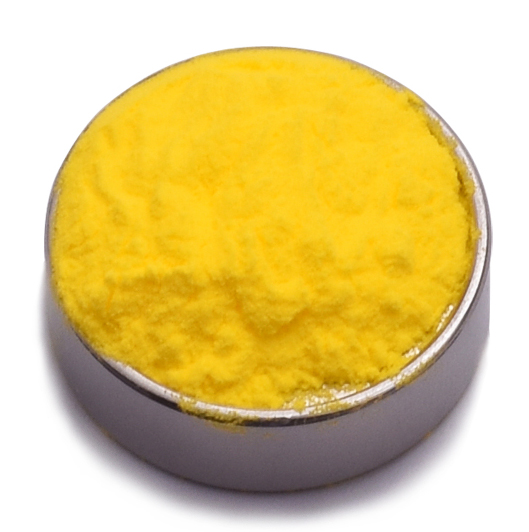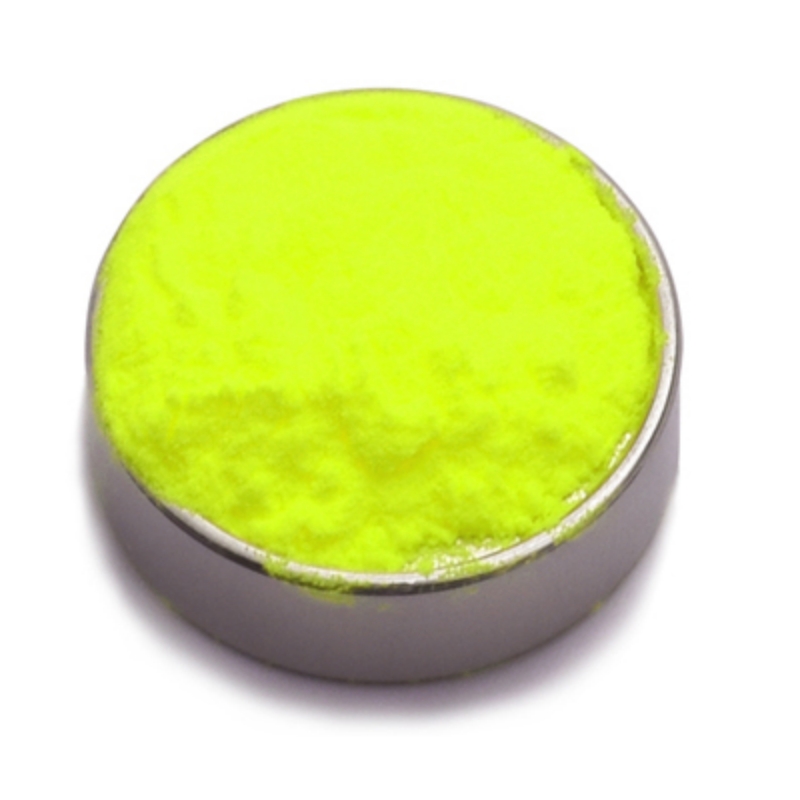Hot-Pressed Polycrystalline Zinc Sulfide (HP ZnS) is a high-performance optical material recognized for its exceptional infrared transmission, mechanical strength, and environmental durability. Produced through hot-pressing technology, this polycrystalline form of ZnS provides superior optical clarity, making it an essential component for infrared imaging systems, aerospace applications, laser optics, and precision scientific instruments. Its resistance to thermal fluctuations and chemical degradation ensures reliable performance in demanding optical environments.
Product Overview
Hot-Pressed Polycrystalline Zinc Sulfide (HP ZnS) is an infrared-transmitting material made from high-purity zinc sulfide, which is pressed under high temperature and vacuum conditions. It exhibits excellent infrared optical performance, making it suitable for mid-wave and long-wave dual-band infrared optical systems. HP ZnS materials not only have good transparency but also offer high mechanical strength and superior thermal properties. The material can be pressed into various spherical shapes and flat panels of different sizes, and it is widely used in infrared optical applications.
Key Features
- Excellent Infrared Transmittance: High transmission in the 3-5μm and 7.5-10.5μm wavebands, ideal for various infrared optical applications.
- High Mechanical Strength: High bending strength (90-100MPa) and Rockwell hardness (210-240 kg/mm²), offering excellent impact overload resistance.
- High Temperature Resistance: With a melting point of 1830°C, it can perform stably in high-temperature environments.
- Good Thermal Stability: Low thermal expansion coefficient and good thermal conductivity, ensuring stability under temperature fluctuations.
- High Optical Performance: Refractive index of 2.1986, with low stress birefringence, suitable for precise optical systems.
- Good Thermal Properties: Thermal conductivity of 0.17W/m·K, suitable for high thermal load environments.
- High Transmittance: Excellent transmission performance (≥69% transmittance at 6mm thickness) in common infrared wavebands.
Applications
- Infrared Optical Systems: Used in optical devices for mid-wave and long-wave infrared bands, such as infrared lenses, windows, and optics.
- Optical Sensors: Widely used in infrared imaging systems, infrared detectors, sensor windows, and other related devices.
- Aerospace: Used in the infrared optical systems of spacecraft, meeting the demands of high-temperature and high-intensity environments.
- Military Equipment: Applied in infrared detection, night vision equipment, and optical sights, providing stable infrared transmission performance.
- Scientific Research: Used as a key material for infrared measurement and experimental equipment in fields such as physics and materials science.
- Medical Equipment: Applied in infrared medical imaging and therapy devices, providing high-performance windows for transmission.
| Property | Value |
| Density | 4.09 g/cm³ |
| Melting Point | 1830 °C |
| Rockwell Hardness | 210~240 kg/mm² |
| Thermal Expansion Coefficient | 7.4×10⁻⁶ K⁻¹ (23~600°C) |
| Flexural Strength | 90~100 MPa |
| Thermal Conductivity | 0.17 W/m·K |
| Fracture Toughness | 0.699 MPa·m¹/₂ |
| Dielectric Constant | 8.347 |
| Young's Modulus | 74.5 GPa |
| Poisson's Ratio | 0.26 |
| Refractive Index | η₁₀=2.1986 |
| Stress Birefringence | <200 nm/cm |
| Transmittance | ≥69% (3~5 μm) (6 mm thickness) |
| ≥70% (7.5~10.5 μm) (6 mm thickness) | |
| Absorption Coefficient | (2.5~5.5)×10⁻² (3~5 μm) |
| (1~4.7)×10⁻² (7.5~10.5 μm) |
 new material
new material

